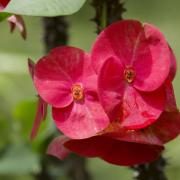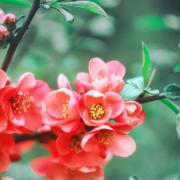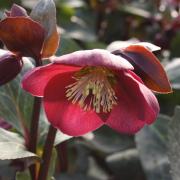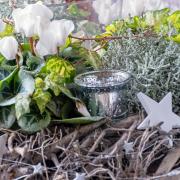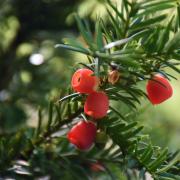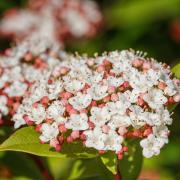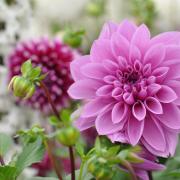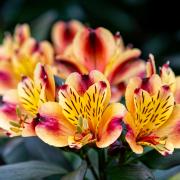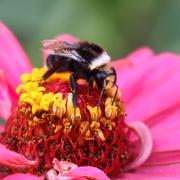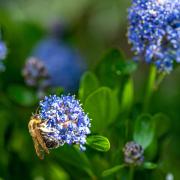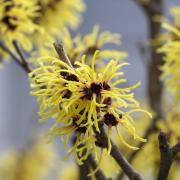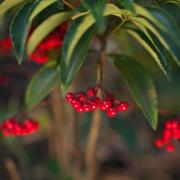You can transform your garden with the help of the moon, says a Somerset astrologer and writer

Do you long for a garden that looks as though it’s come straight out of the pages of a magazine, with flourishing plants, beautiful flowers and succulent fruit and vegetables? Although problems happen in even the best regulated gardens, you can increase your chances of success by following some very simple astrological rules that focus on the daily movements of the moon.
As Jane Struthers explains in her new book, Moonpower, the moon has a powerful influence on many areas of our lives. As biodynamic gardeners will already know, the moon affects the flow of sap in plants, so has a big impact on the health of the plants and trees in our gardens. When you’ve understood the lunar gardening rules, which Jane outlines in her book, you can experiment with and discover for yourself how effective this form of gardening can be. And no, it doesn’t mean you can only garden by the light of the moon!
Here’s how it works, according to Jane..... The moon completes its journey around the zodiac once every 29½ days, spending roughly 2½ days in each sign. Each sign is ruled by a particular element (fire, earth, air or water) and each element governs a specific group of plants, as you can see in the table below. The idea is that you tend a particular group of plants when the moon is in the appropriate element. You can also tend the group of plants listed either side of the element of the day, but you must avoid any work on the opposing group (including preparing the soil or seed trays for those plants) because that will weaken the power of the plants and of the soil they grow in. For instance, on an air day you can tend air, earth or water plants but you mustn’t work on fire plants. Once you get the hang of these simple rules they’ll quickly become second nature.
There are other factors to consider as well. The most important one is that you’re working with the sidereal zodiac, not the tropical zodiac that we use in the West. The sidereal zodiac is the path that the moon takes as it travels across the backdrop of the constellations. As a rough rule of thumb the sidereal moon is always one sign behind the tropical moon. You can work all this out for yourself if you understand astrology, but the easiest option is to consult one of the lunar gardening websites or printed almanacs (such as the annual Maria Thun Biodynamic Calendar, which is also available as an app) that have done all the calculations for you. So, all you have to do is look up the element of the day, get out into the garden and do your stuff.

As well as gardening according to the element that the moon occupies on a given day, you must also take note of the new and full moons. Each one carries tremendous energy so you must always allow a few hours to elapse both before and after a new or full moon is exact before doing any gardening. You need to allow even more time for eclipses, as they carry extra power.
The results of lunar gardening speak for themselves, whether you’re digging, sowing, transplanting, weeding, hoeing, pruning or carrying out any other form of cultivation. Follow the rules and you’ll find that all your plants are sturdier and healthier. As an experiment, try sowing some radish seeds on an earth element day and another batch on a water element day. Make sure you label them so you know which is which, and then compare the results when you harvest them. The radishes sown on the correct (earth) day will be juicier and much nicer to eat, while those sown on the water day will be woody and possibly tasteless, too. With a little practice and planning, you can discover for yourself the tremendous benefits of gardening by the moon.
Moonpower by Jane Struthers is published by Eddison Books




